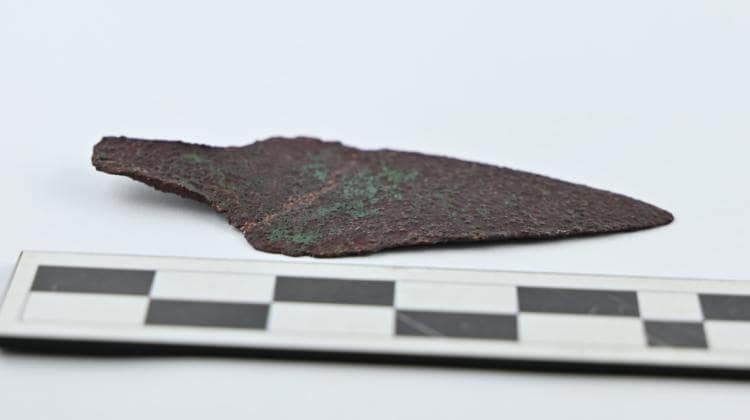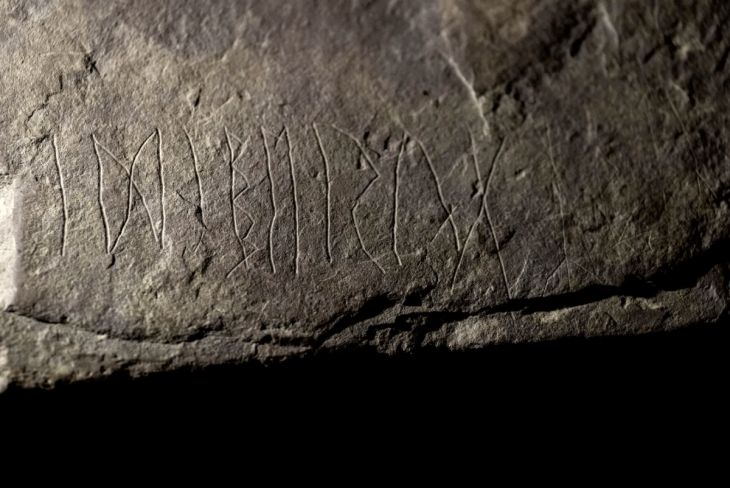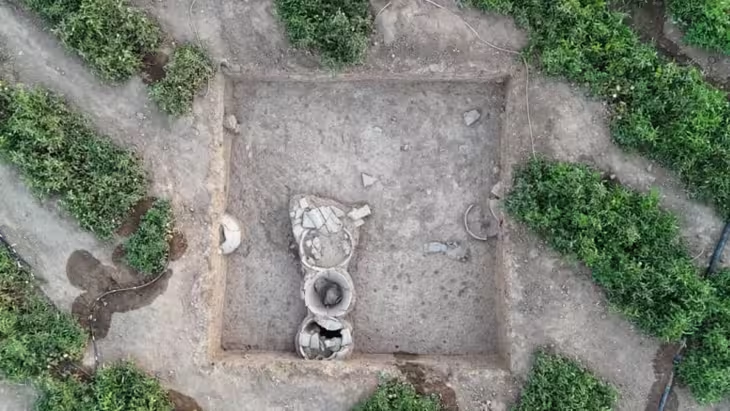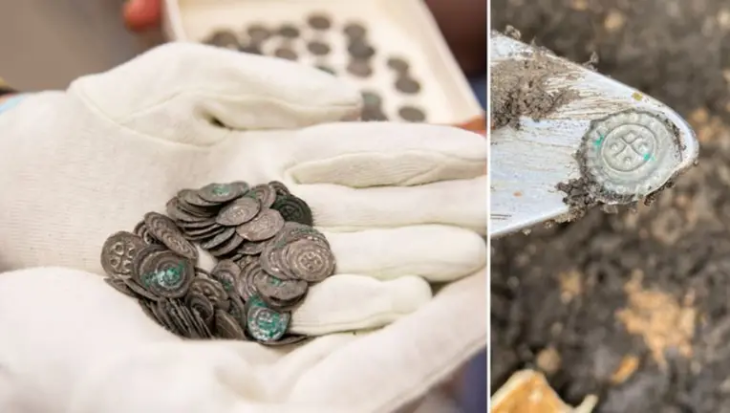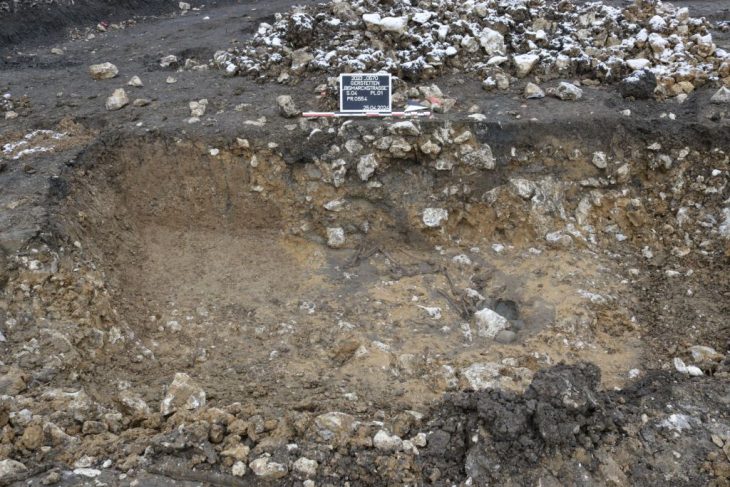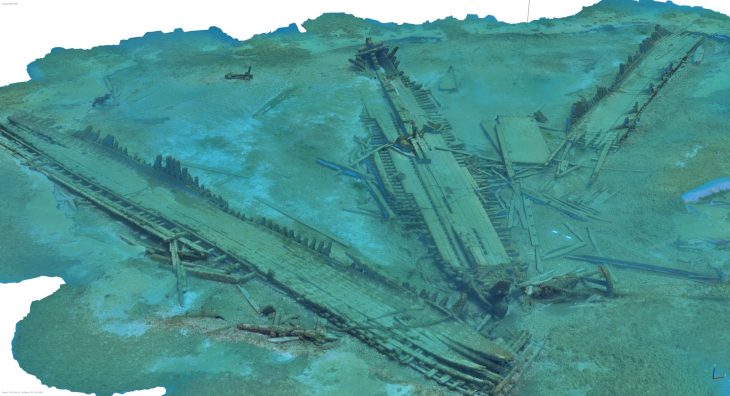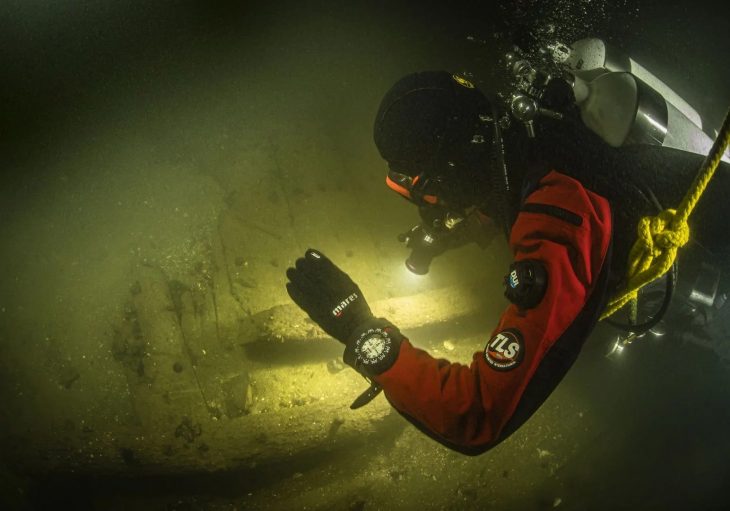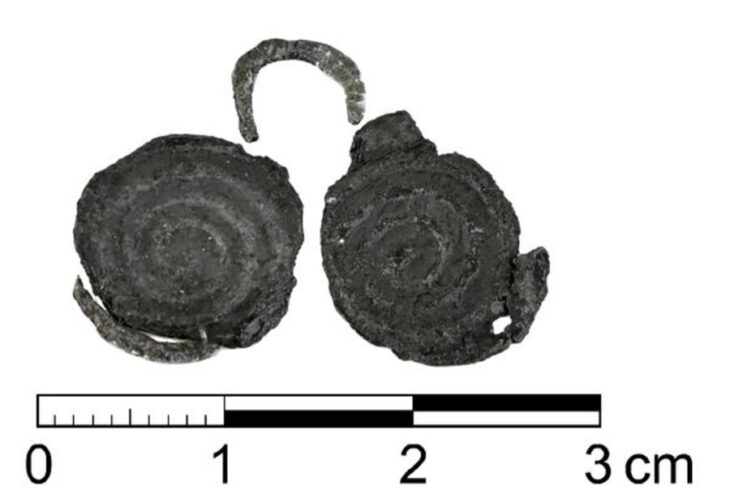A copper dagger more than 4,000 years old was found in a forest near the town of Jarosław on the San River in south-eastern Poland. This discovery is the oldest dagger made of metal found in the Podkarpackie Voivodeship.
In the 3rd millennium BC, objects made of copper were extremely rare in the area, Dr Elżbieta Sieradzka-Burghardt, an archaeologist from the Jarosław museum, told PAP.
This valuable object, dating back over 4,000 years, was discovered last November by Piotr Gorlach of the Jarosław Historical and Exploration Association, who – with the permission of the Podkarpacie Regional Historical Monument Conservator in Przemyśl – conducted a search with a metal detector in the forests in the area of the Jarosław Forest Inspectorate, near the village of Korzenica.
“I had already finished my search for the day. When I returned to the car, I left the detector on out of habit. At some point, there was a signal. When I was digging up the forest floor, I saw a flat metal object covered with a green patina. I quickly realized that I was dealing with something much older than the military items from World War I and II that I was looking for in this area,” Gorlach said.
Archaeologists from the Museum in Jarosław Orsetti House identified the artifact as an extremely rare 4,000-year-old dagger. The ancient weapon was made of copper and measured just over 4 inches (10,5 cm) in length.
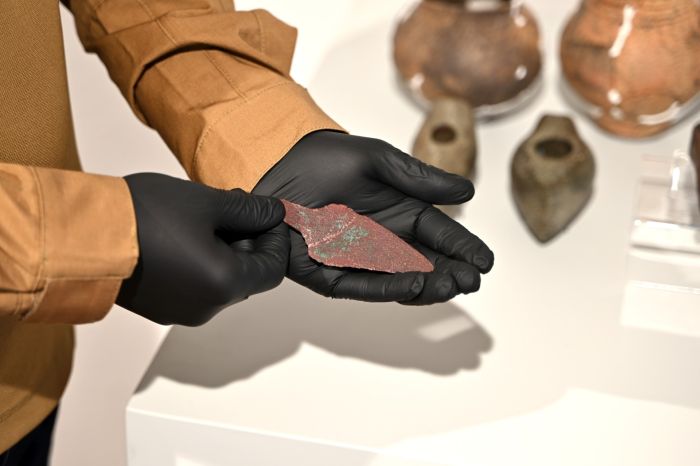
According to archaeologist Dr. Marcin Burghardt from the Jarosław Museum, the dagger discovered in Korzenica can be dated to the second half of the third millennium BC.
“In Polish lands, this is a period of enormous changes related to, among others, with a change in the main raw materials for the production of tools. Instead of flint tools commonly used in the Stone Age, more and more metal products appear, heralding the transition to the next period – the Bronze Age,” noted Dr. Burghardt.
In contrast, the now-discovered dagger from Korzenica – as noted by Dr Elżbieta Sieradzka-Burghardt, an archaeologist from the Jarosław museum – was not cast in bronze, but is made of copper.
“So it predates the development of bronze metallurgy,” the archaeologist noted. “In the third millennium BC, objects made of copper were extremely rare, so only people of the highest social status could afford them. There is rather no doubt that the dagger is not a local product,” Dr Burghardt-Sieradzka added.
During this period, metal products were imported from modern-day Ukraine or Hungary and only available to elites who could afford them. Links to the ancient weapon’s origin will be determined in the future through special metallurgical analysis.
Cover Photo: Łukasz Śliwiński

